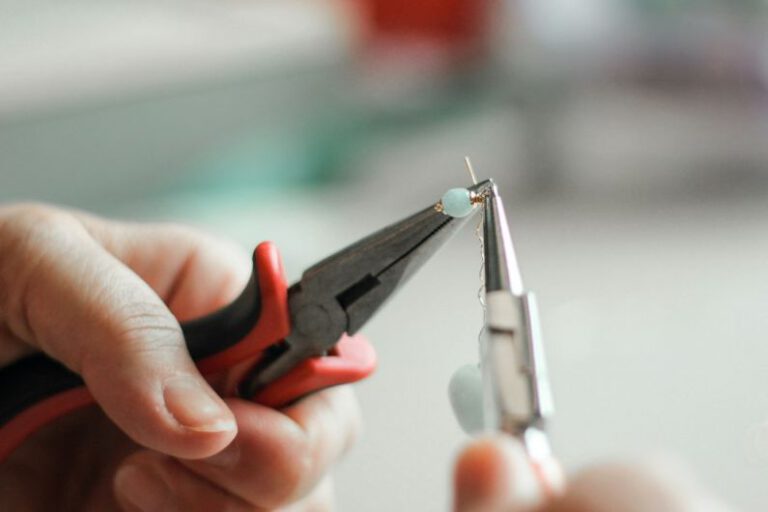What Are the Best Photography Tips for Amateurs?
Photography is an art form that allows us to capture and preserve special moments in our lives. Whether you have just purchased your first camera or have been dabbling in photography for a while, there are always opportunities to improve your skills. In this article, we will explore some of the best photography tips for amateurs that can help elevate your photos to the next level.
Understanding Composition
Composition is a fundamental aspect of photography that can make or break a shot. It involves arranging the elements within the frame to create a visually pleasing image. One of the most well-known composition techniques is the rule of thirds. Imagine dividing your frame into a grid of nine equal parts by drawing two horizontal and two vertical lines. The idea is to position the main subject or points of interest along these lines or at their intersections. This creates a more balanced and engaging composition.
Mastering Exposure
Exposure refers to the amount of light that reaches the camera’s image sensor. It plays a crucial role in determining the brightness and clarity of your photos. To achieve the correct exposure, you need to find the right balance between three elements: aperture, shutter speed, and ISO. Aperture controls the amount of light that enters the camera through the lens, shutter speed determines how long the shutter stays open to capture the light, and ISO measures the sensitivity of the image sensor. Experimenting with these settings can help you achieve the desired exposure for different lighting conditions.
Utilizing Natural Light
Lighting is an essential factor in photography, and natural light can be a photographer’s best friend. The soft, diffused light during the golden hours, which are the first and last hours of sunlight in a day, can create a magical atmosphere in your photos. Shooting during these times can add warmth and depth to your images. Additionally, be mindful of the direction and intensity of light when photographing subjects. Backlighting can create stunning silhouettes, while side lighting can add dimension and texture to your images.
Capturing Candid Moments
Candid photography is all about capturing genuine and unposed moments. These often result in the most authentic and emotional photographs. To capture candid moments, it’s important to blend in with your surroundings and be ready to capture fleeting moments as they happen. Avoid interrupting the scene or asking your subjects to pose, as this can make the image appear staged. Instead, be patient and observant, and anticipate the decisive moment.
Experimenting with Perspectives
Changing your perspective can dramatically alter the impact of your photos. Instead of always shooting from eye level, try getting down low or shooting from a higher vantage point. This can create unique and eye-catching compositions. Additionally, don’t be afraid to experiment with different angles and focal lengths to add depth and interest to your images.
Post-Processing Techniques
Post-processing is the process of editing and enhancing your photos after they have been captured. While it’s important to strive for the best possible shot straight out of the camera, post-processing can help fine-tune your images and bring out their full potential. There are various software programs available, such as Adobe Lightroom and Photoshop, that offer a wide range of editing tools. From adjusting exposure and contrast to enhancing colors and removing distractions, post-processing allows you to add your personal touch to your photographs.
In conclusion, photography is a continuous learning process, and even the most experienced photographers are constantly seeking ways to improve their skills. By understanding composition, mastering exposure, utilizing natural light, capturing candid moments, experimenting with perspectives, and embracing post-processing techniques, you can take your photography to new heights. So grab your camera, get out there, and start capturing those special moments with confidence!






